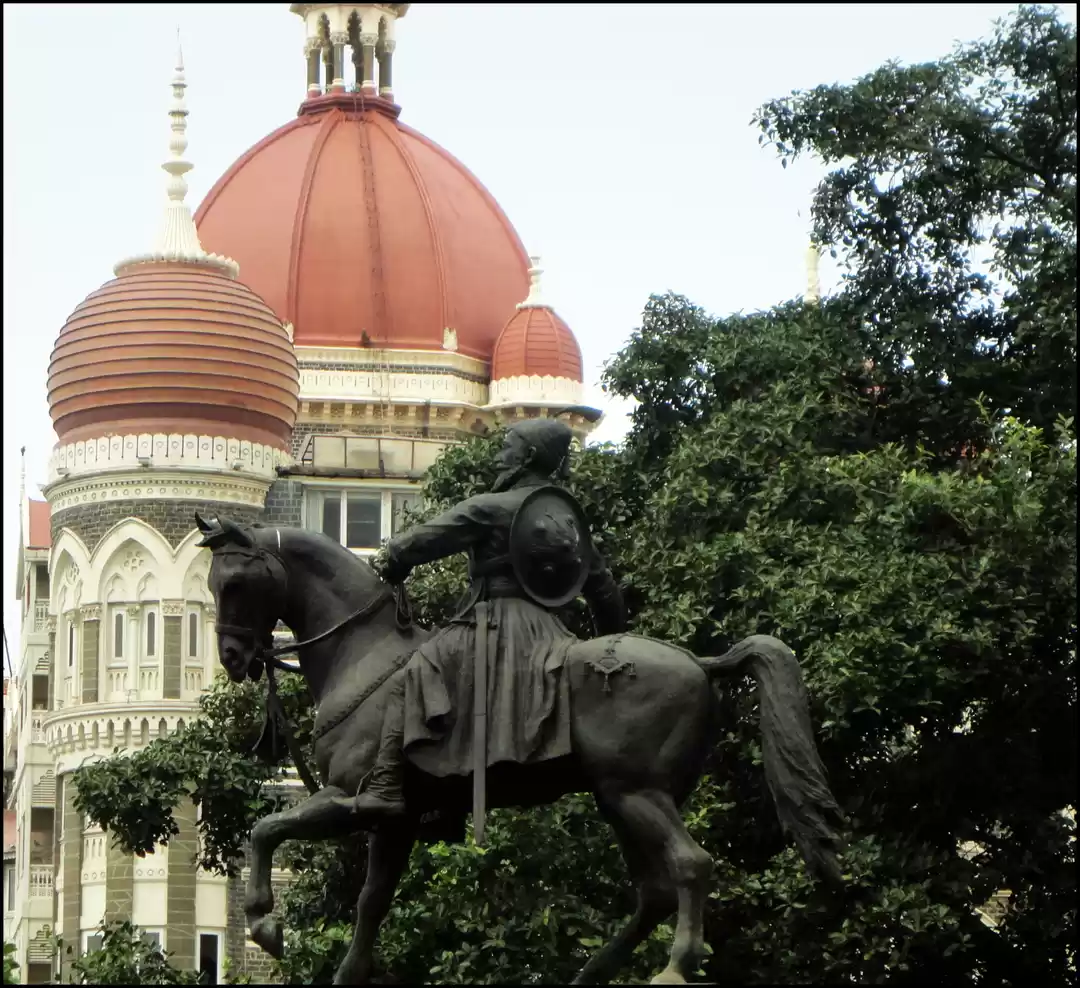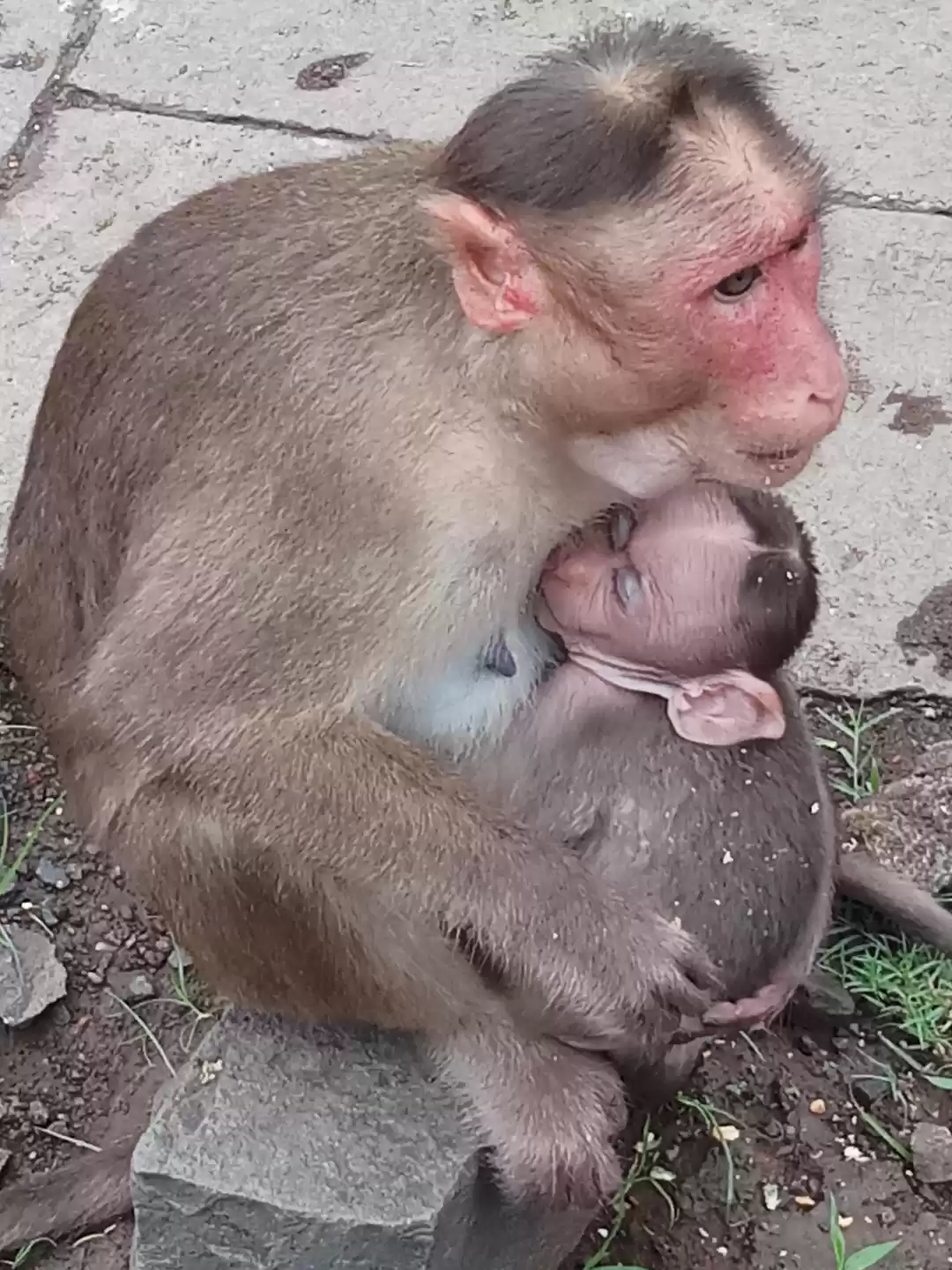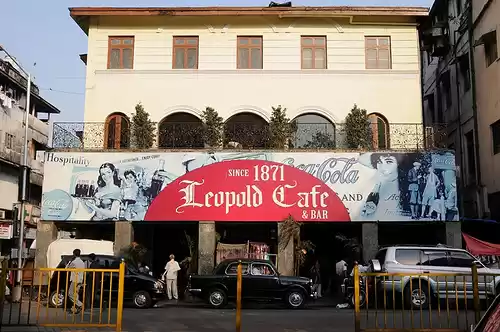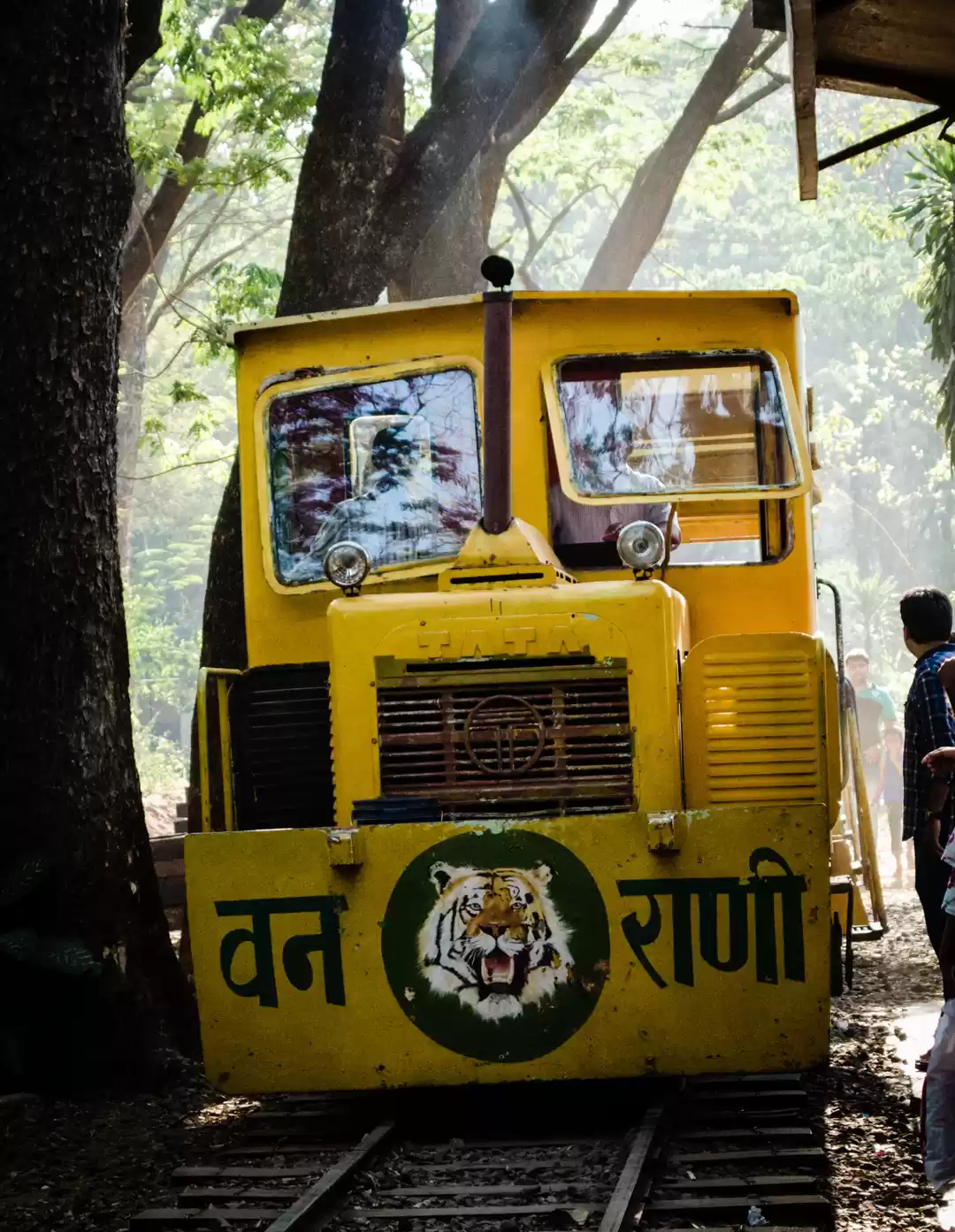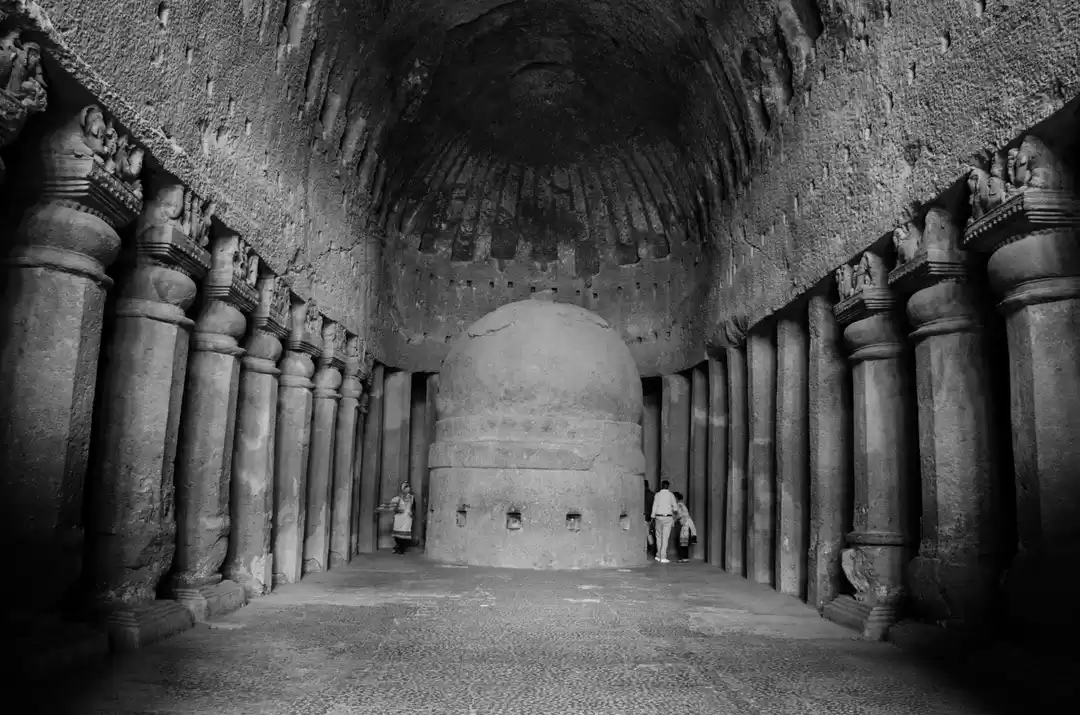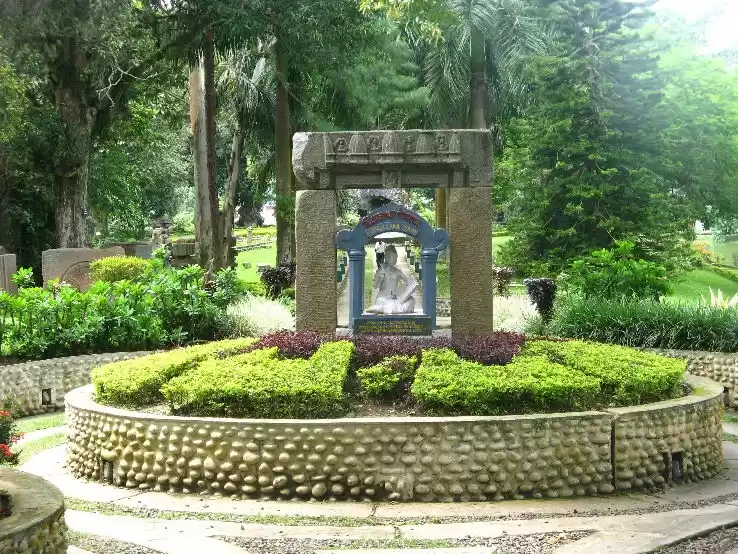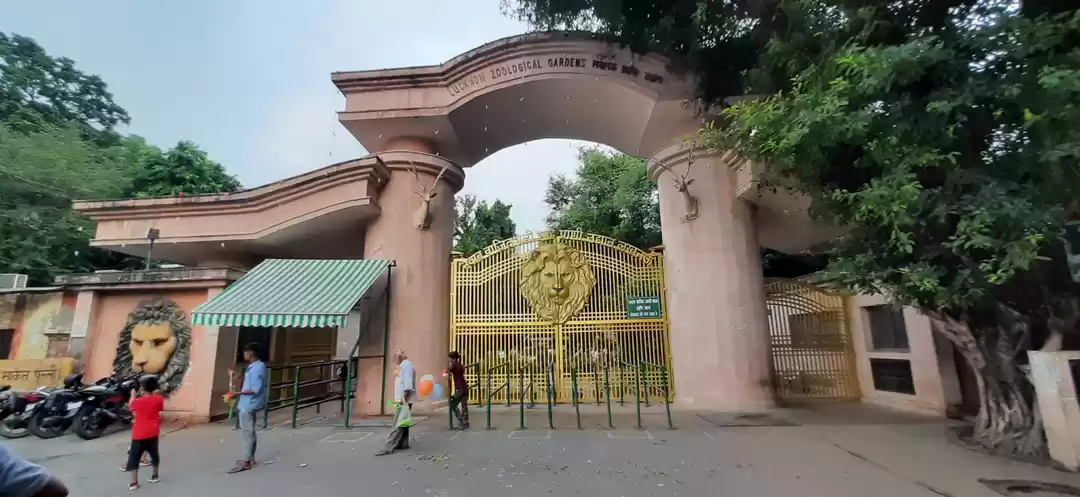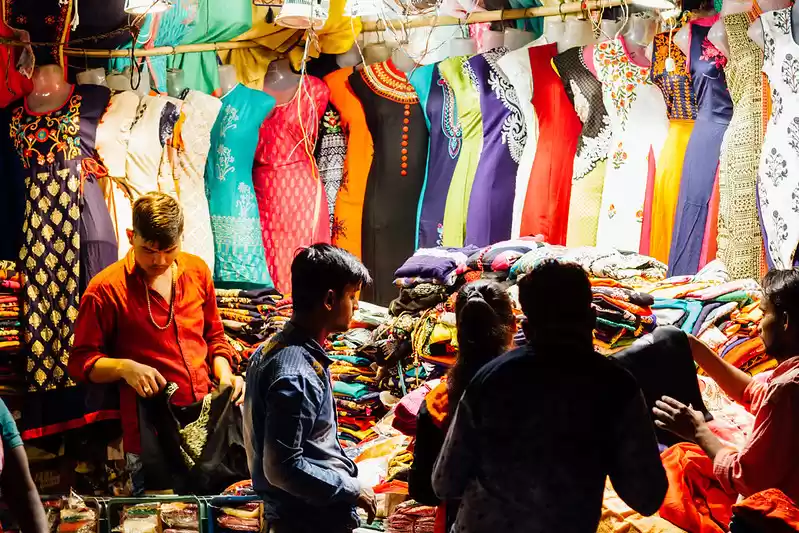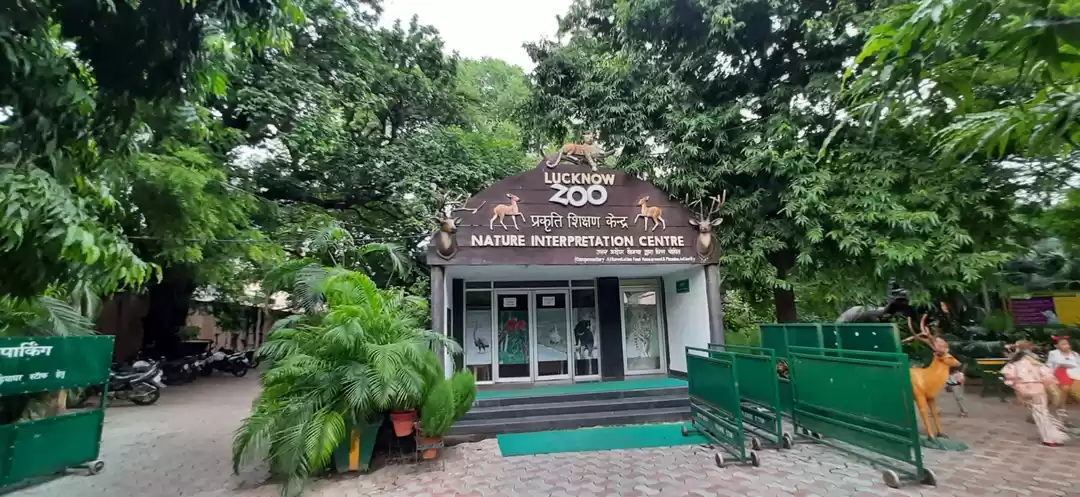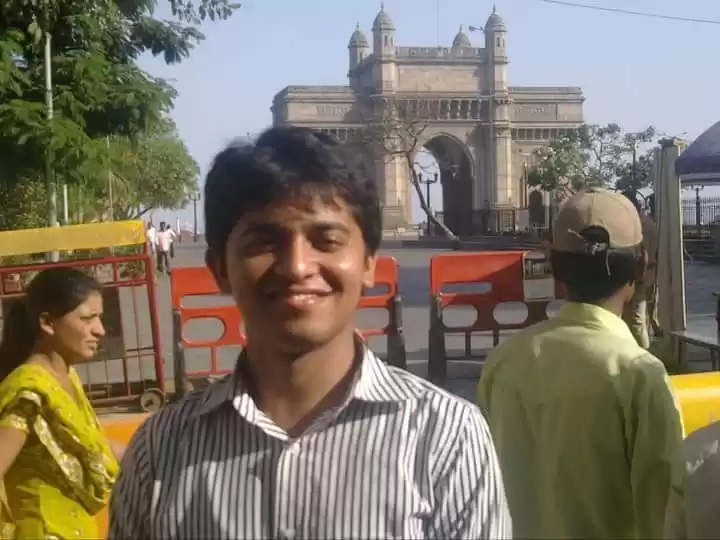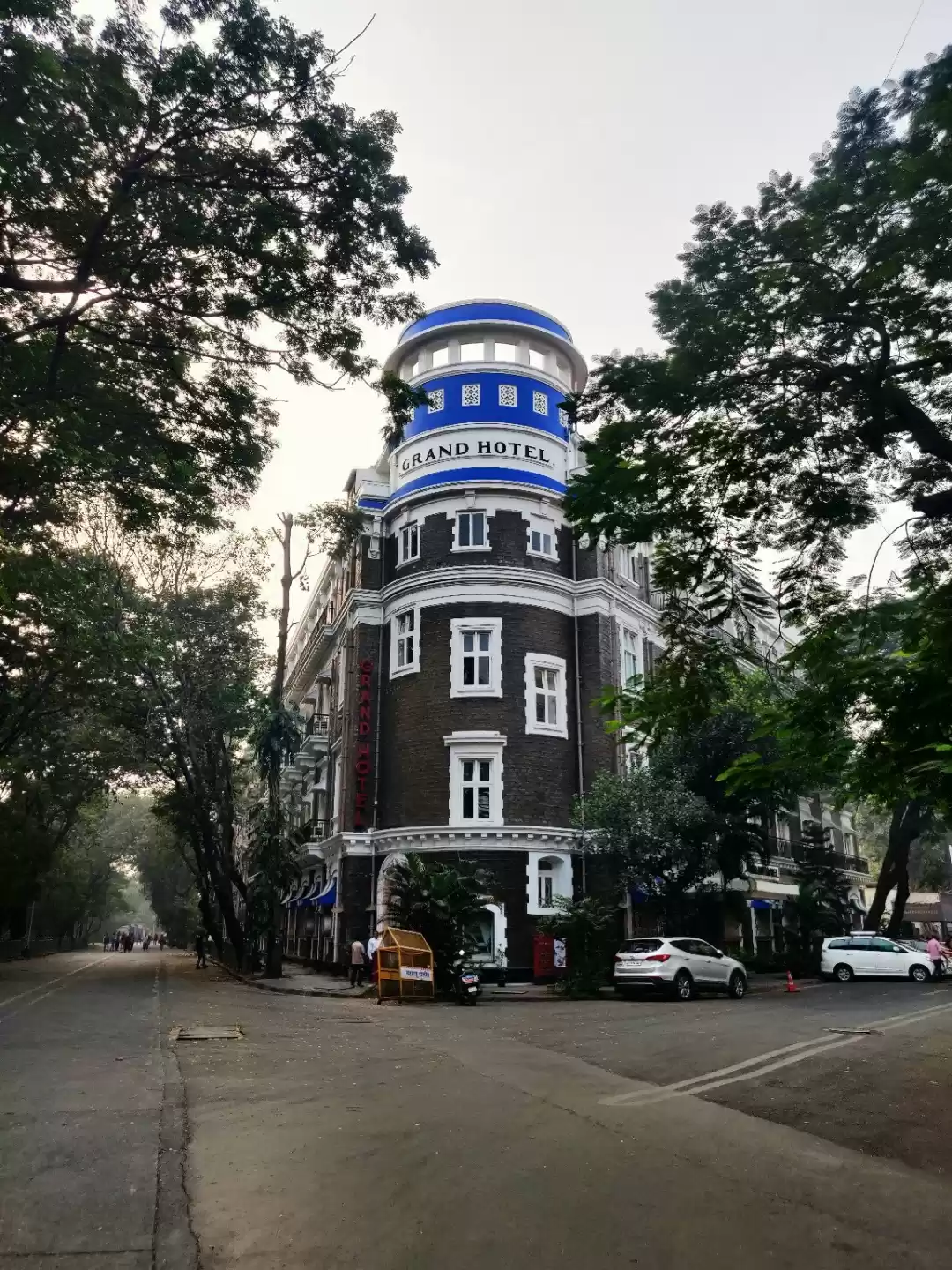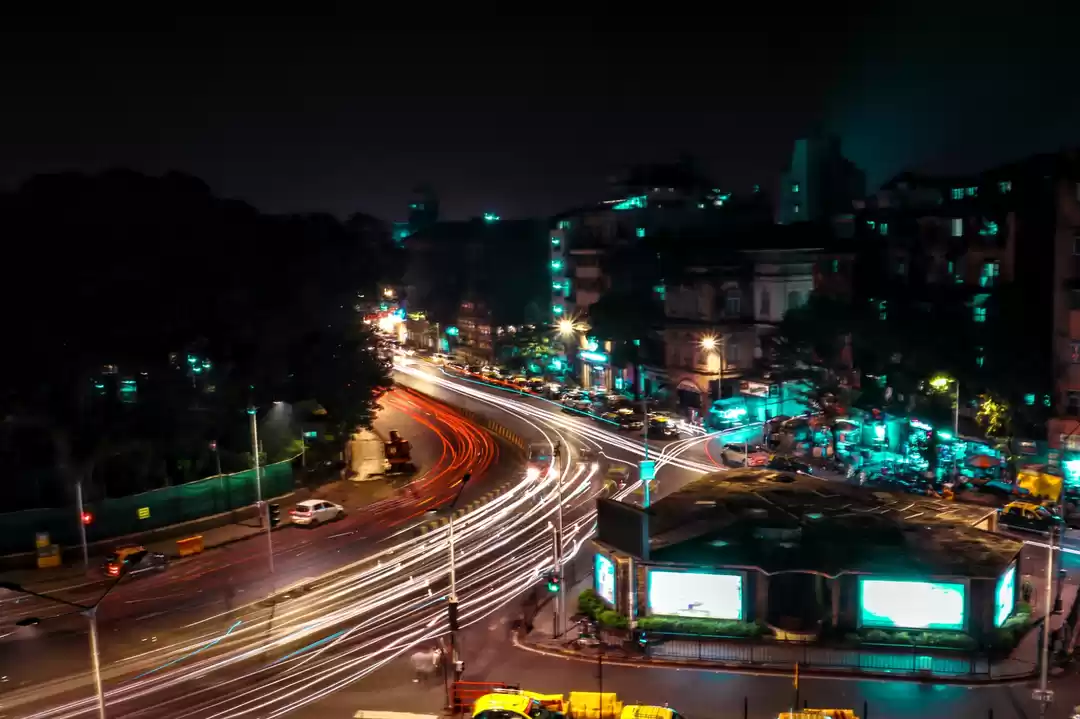Are you looking for a fun and educational outing in Mumbai? Do you want to see a variety of animals, birds, and plants in a historic setting? If yes, then you should visit Mumbai Zoo, also known as Jijamata Udyan. Mumbai Zoo is one of the oldest zoos in India, dating back to 1861. It is home to over 3000 animals, including endangered species like the Humboldt penguin, the Indian wolf, and the Asiatic lion. In this article, we will tell you everything you need to know about Mumbai Zoo, such as how to reach, best time to visit, what to expect, tips for visiting, and FAQs. Read on to discover why Mumbai Zoo is a must-visit attraction for anyone who loves nature and wildlife.
How to Reach Mumbai Zoo
Mumbai Zoo is located in Byculla, in the heart of Mumbai. It is easily accessible by various modes of transport, such as bus, train, taxi, or auto-rickshaw. Here are some of the ways you can reach Mumbai Zoo:
By Bus:
You can take any bus that goes to Byculla or Byculla East and get down at the Jijamata Udyan Bus Stop, which is right outside the zoo. Some of the bus numbers that ply on this route are 5, 9, 19, 21, 25, 43, 44, 50, 60, 66, 70, etc.
By Train:
You can take a local train to Byculla Station, which is the nearest railway station to Mumbai Zoo. It is about 1.5 km away from the zoo and can be reached by a 15-minute walk or a 5-minute auto-rickshaw ride. Byculla Station is on the Central Line and is well-connected to other parts of Mumbai, such as CST, Dadar, Thane, Kalyan, and Karjat. You can check the train timings and fares on the Mumbai Local Train website or app.
By Taxi or Auto-Rickshaw:
You can also hire a taxi or an auto-rickshaw to reach Mumbai Zoo from anywhere in Mumbai. The fare will depend on the distance, traffic, and time of the day. You can use online platforms like Ola, Uber, or Meru to book a cab or an auto-rickshaw. You can also hail one from the road or a taxi stand.
By Car or Bike:
You can also drive your own car or bike to Mumbai Zoo, but be prepared to face some traffic and parking issues. The zoo has a limited parking space, which can accommodate only about 50 cars and 100 bikes. The parking fee is Rs. 20 for cars and Rs. 10 for bikes. You can also park your vehicle at the nearby Byculla Market or the Rani Baug Ground, but they may charge higher rates. You can use Google Maps or Waze to find the best route and traffic conditions to Mumbai Zoo.
Best Time to Visit Mumbai Zoo
Mumbai Zoo is open throughout the year, from 9:30 am to 5:30 pm, except on Wednesdays, which are weekly holidays. The zoo is also closed on some public holidays, such as Holi, Diwali, and Eid. You can check the official website of the zoo for the latest updates on the opening and closing dates and timings.
The best time to visit Mumbai Zoo depends on your preference and convenience. However, here are some factors that you may want to consider before planning your visit:
Season:
Mumbai has a tropical climate, with hot and humid summers, wet and rainy monsoons, and mild and pleasant winters. The summer season lasts from March to May, with temperatures ranging from 25°C to 35°C. The monsoon season lasts from June to September, with heavy rainfall and high humidity. The winter season lasts from October to February, with temperatures ranging from 15°C to 30°C. The best season to visit Mumbai Zoo is winter, as the weather is cool and comfortable, and the zoo is lush and green. The summer season is also a good time to visit, as the zoo is less crowded and the animals are more active. However, avoid visiting the zoo during the peak hours of the day, as it can get very hot and sunny. The monsoon season is the least preferred time to visit, as the zoo can get flooded and muddy, and the animals may hide in their shelters.
Time of the Day:
The best time of the day to visit Mumbai Zoo is early morning or late afternoon, as the animals are more likely to be awake and visible. The morning hours are also ideal for birdwatching, as you can spot many colorful and exotic birds in the zoo. The afternoon hours are also good for seeing the aquatic animals, such as the penguins, the crocodiles, and the fish. However, avoid visiting the zoo during the noon hours, as it can get very hot and crowded, and the animals may be resting or sleeping.
Crowd:
Mumbai Zoo is a popular attraction for locals and tourists alike, and it can get very crowded during weekends, holidays, and festivals. The average footfall of the zoo is about 10,000 visitors per day, which can go up to 20,000 visitors on peak days. If you want to avoid the crowd and enjoy the zoo at your own pace, you should visit the zoo on weekdays, especially on Mondays and Tuesdays, which are the least busy days. You should also avoid visiting the zoo during school vacations, public holidays, and festivals, such as Ganesh Chaturthi, Navratri, and Christmas. You should also book your tickets online in advance, to save time and hassle at the entrance.
What to Expect at Mumbai Zoo
Mumbai Zoo is a paradise for nature and wildlife lovers, as it offers a chance to see a variety of animals, birds, and plants in a natural and spacious setting. The zoo is spread over 53 acres of land, divided into several sections and zones, such as the zoo campus, the penguin exhibit, the reptile house, the butterfly garden, the aquatic bird aviary, the heritage garden, and the interpretation center. Here are some of the things you can expect to see and do at Mumbai Zoo:

Zoo Campus:
The zoo campus is the main area of the zoo, where you can see most of the animals and birds. The zoo has over 3000 animals, belonging to more than 300 species, including mammals, reptiles, amphibians, and birds. Some of the animals you can see here are the Asiatic lion, the Bengal tiger, the Indian wolf, the Himalayan black bear, the sloth bear, the leopard, the hyena, the jackal, the fox, the deer, the antelope, the monkey, the elephant, the hippopotamus, the rhinoceros, the zebra, the giraffe, the camel, the llama, the emu, the ostrich, the peacock, the flamingo, the parrot, the eagle, the owl, the vulture, and the pelican. You can also see some exotic and endangered animals, such as the Humboldt penguin, the mouse deer, the fishing cat, the rusty-spotted cat, the clouded leopard, the red panda, the golden langur, the lion-tailed macaque, the Nilgiri langur, the Malabar giant squirrel, the Indian gaur, the swamp deer, the blackbuck, the sangai deer, the sarus crane, the great Indian hornbill, the Nicobar pigeon, and the Victoria crowned pigeon.
You can walk around the zoo campus and observe the animals in their enclosures, which are designed to mimic their natural habitats. You can also read the information boards and signs that provide facts and details about each animal and bird. You can also interact with the zoo staff and volunteers, who can answer your questions and guide you through the zoo.

Penguin Exhibit:
The penguin exhibit is one of the most popular and unique attractions of Mumbai Zoo, as it is the only place in India where you can see penguins. The zoo has eight Humboldt penguins, four males and four females, named Donald, Daisy, Popeye, Olive, Bubble, Flipper, Mr. Molt, and Dory.
The penguins were brought from Seoul, South Korea, in 2016, and have been living in a specially designed enclosure, which has a temperature of 16°C to 18°C, a pool of 140,000 liters of water, and a rocky landscape. The penguins are fed fish, such as sardines, mackerels, and herrings, twice a day, at 9 am and 5 pm. You can watch the penguins swim, dive, waddle, and play in their enclosure, and learn more about their behavior, diet, and conservation from the zoo staff and the audio-visual displays. You can also take photos and videos of the penguins, but without flash or sound.

Reptile House:
The reptile house is another attraction of Mumbai Zoo, where you can see a variety of reptiles, such as snakes, lizards, crocodiles, turtles, and tortoises. The reptile house has over 150 reptiles, belonging to more than 30 species, including venomous and non-venomous snakes, such as the king cobra, the Indian cobra, the Russell’s viper, the saw-scaled viper, the krait, the python, the rat snake, the sand boa, and the vine snake.
You can also see some rare and endangered reptiles, such as the gharial, the mugger crocodile, the Indian star tortoise, the radiated tortoise, the Aldabra giant tortoise, the green iguana, and the Komodo dragon. You can view the reptiles in their glass enclosures, which are maintained at a suitable temperature and humidity. You can also read the information boards and signs that provide facts and details about each reptile. You can also interact with the zoo staff and volunteers, who can answer your questions and guide you through the reptile house.

Aquatic Bird Aviary:
The aquatic bird aviary is a new and exciting attraction of Mumbai Zoo, where you can see a variety of aquatic birds, such as ducks, geese, swans, pelicans, storks, herons, egrets, ibises, spoonbills, flamingos, and cormorants. The aquatic bird aviary has over 500 birds, belonging to more than 20 species, some of which are rare and endangered, such as the lesser flamingo, the painted stork, the black-necked stork, the glossy ibis, the Eurasian spoonbill, and the great white pelican. You can view the aquatic birds in their large and naturalistic enclosure, which has a pond, a waterfall, a bridge, and a viewing deck. You can also read the information boards and signs that provide facts and details about each bird. You can also interact with the zoo staff and volunteers, who can answer your questions and guide you through the aquatic bird aviary.
Heritage Garden:
The heritage garden is a historic and cultural attraction of Mumbai Zoo, where you can see a variety of plants, trees, and sculptures that reflect the history and heritage of Mumbai and India. The heritage garden has over 3000 plants and trees, belonging to more than 200 species, some of which are rare and exotic, such as the baobab, the cannonball tree, the sausage tree, the silk cotton tree, the banyan tree, the peepal tree, the neem tree, the mango tree, the coconut tree, the palm tree, the bamboo tree, the sandalwood tree, the teak tree, the gulmohar tree, the ashoka tree, the jasmine tree, the lotus flower, the marigold flower, the hibiscus flower, the rose flower, the orchid flower, and the bougainvillea flower.
You can also see some ancient and artistic sculptures, such as the elephant fountain, the lion gate, the clock tower, the Victoria statue, the Shivaji statue, the Gandhi statue, the Nehru statue, and the Ambedkar statue. You can walk around the heritage garden and admire the plants, trees, and sculptures in their serene and scenic setting. You can also read the information boards and signs that provide facts and details about each plant, tree, and sculpture. You can also interact with the zoo staff and volunteers, who can answer your questions and guide you through the heritage garden.
Interpretation Center:
The interpretation center is an educational and interactive attraction of Mumbai Zoo, where you can learn more about the zoo, its animals, its conservation efforts, and its history. The interpretation center has a variety of exhibits, displays, models, games, and activities that provide information and entertainment for visitors of all ages. Some of the exhibits and displays you can see here are the zoo map, the zoo timeline, the zoo history, the zoo conservation, the zoo animal classification, the zoo animal adaptations, the zoo animal behavior, the zoo animal diet, the zoo animal enrichment, the zoo animal health, the zoo animal breeding, the zoo animal rescue, and more.
Mumbai Zoo is a wonderful place to visit for anyone who loves nature and wildlife. It is one of the oldest and largest zoos in India, with a rich history and heritage. It has a diverse and impressive collection of animals, birds, and plants, some of which are rare and endangered. It also has a variety of attractions and facilities, such as the penguin exhibit, the reptile house, the butterfly garden, the aquatic bird aviary, the heritage garden, the interpretation center, and more. You can enjoy a fun and educational experience at Mumbai Zoo, as you can see, learn, and interact with the zoo inhabitants and their conservation.
You can also plan your visit to Mumbai Zoo according to your preference and convenience, as you can choose the best time, mode, and duration of your visit. Mumbai Zoo is a must-visit attraction for anyone who wants to explore the natural and cultural beauty of Mumbai and India.
So, what are you waiting for? Book your tickets online and visit Mumbai Zoo today!

